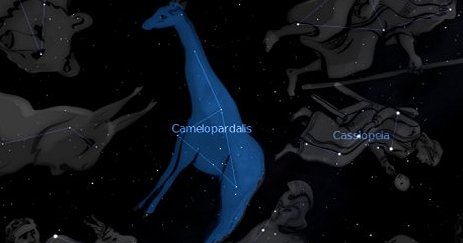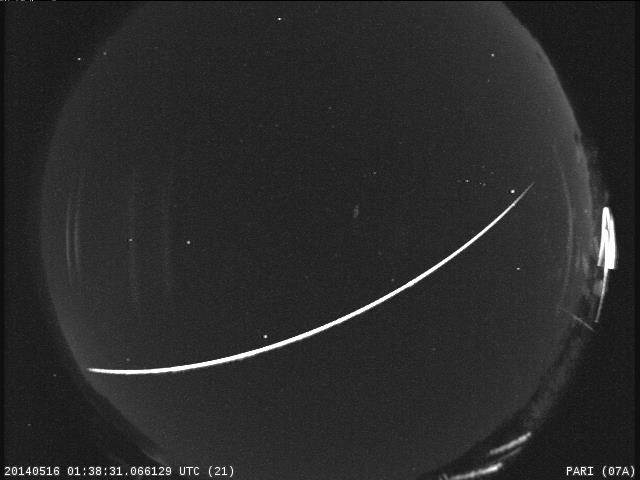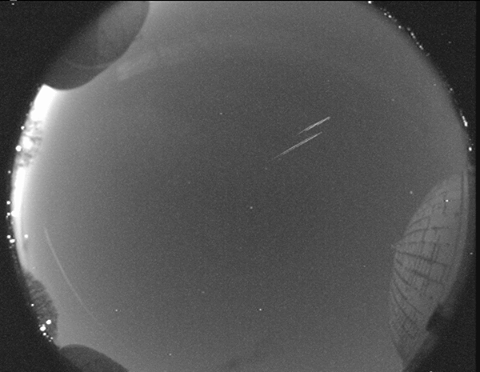The first-ever Camelopardalid meteor shower peaked in the wee hours of Saturday, May 24, offering stargazers a rare sight — the debut meteor display from the dusty Comet 209P/LINEAR. Below is video footage of a Camelopardalid meteor recorded by our NASA camera at Allegheny Observatory near Pittsburg, PA at 11:22 PM EDT on May 24. …
































